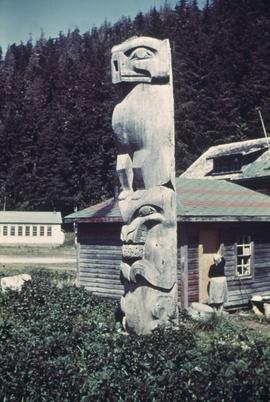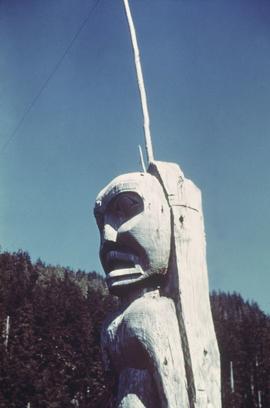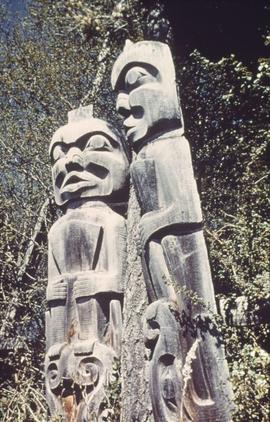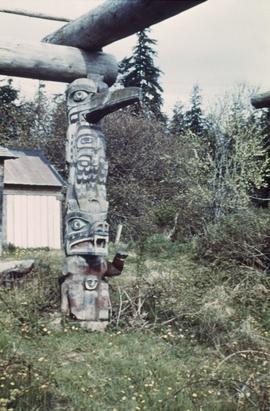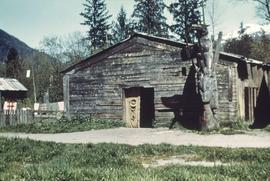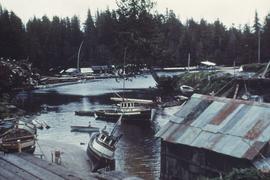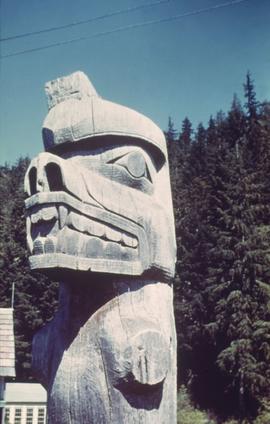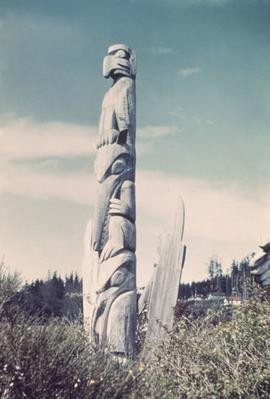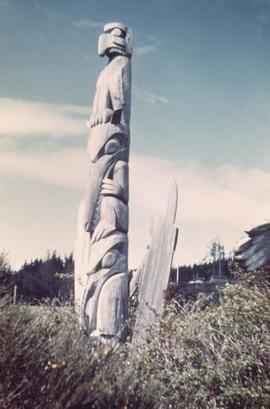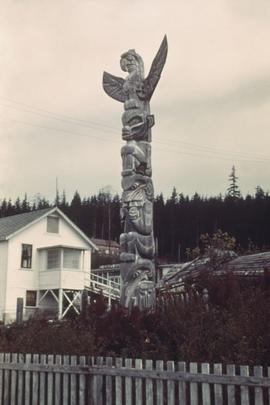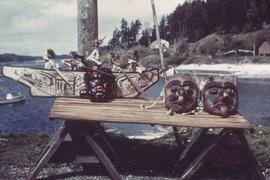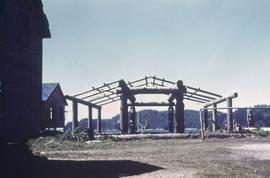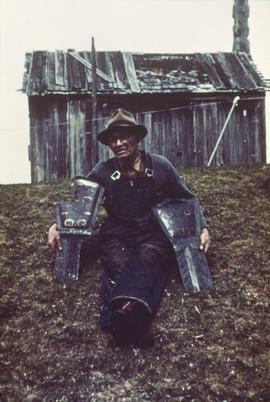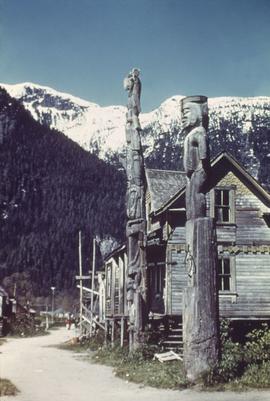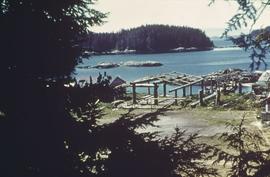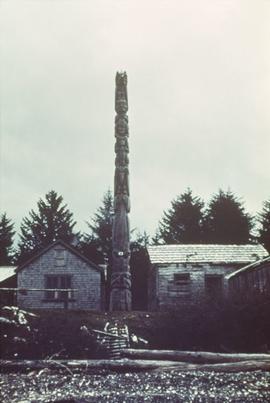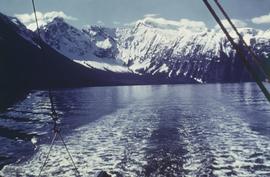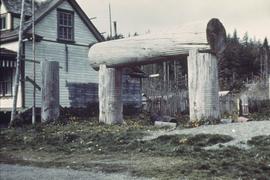Zone du titre et de la mention de responsabilité
Titre propre
Wayne Suttles expedition slides
Dénomination générale des documents
Titre parallèle
Compléments du titre
Mentions de responsabilité du titre
Notes du titre
- Source of title proper: Supplied title based on contents of file
Niveau de description
Dossier
Cote
Mention d'édition
Mentions de responsabilité relatives à l'édition
Mention d'échelle (cartographique)
Mention de projection (cartographique)
Mention des coordonnées (cartographiques)
Mention d'échelle (architecturale)
Juridiction responsable et dénomination (philatélique)
Zone des dates de production
Date(s)
Zone de description matérielle
Description matérielle
64 photographs : col. slides ; 35 mm
Zone de la collection
Titre propre de la collection
Titres parallèles de la collection
Compléments du titre de la collection
Mention de responsabilité relative à la collection
Numérotation à l'intérieur de la collection
Note sur la collection
Zone de la description archivistique
Nom du producteur
Notice biographique
Harry B. Hawthorn was born in Wellington, New Zealand in 1910. He completed his B.Sc (1932) and M.Sc. (1934) with the intention of becoming a civil engineer. During the Depression Hawthorn worked for New Zealand's Native School Service. Unable to pursue his studies in science in the small communities in which he worked, he became interested in the humanities, studying history extra-murally. He earned his B.A. in 1937. The years spent in the Native School Service had an arguably strong influence on Hawthorn. He was offered and accepted a fellowship to study anthropology at the University of Hawaii in 1938. The following year he was offered another fellowship to study anthropology at Yale University where he completed his PhD in 1941. While there he met Audrey Engel who later became his wife.
Hawthorn's appointment to the faculty of the University of British Columbia in 1947 added Anthropology to the title of the Dept. of Economics, Political Science and Sociology. His objectives upon coming to UBC were to: establish his discipline in an academic setting of the University and in the Province; to offer anthropology as a contribution to the general education of a broad group of students and to begin the selection and training of a few specialists; to establish problems for ethnological research; and, in keeping with conviction that scholarship should be useful as well as decorative, to discover possibilities for the practical application of anthropology in the Province and the country.
In 1949, Hawthorn was asked by the Provincial Government to undertake a study of the problems confronting Doukhobors in British Columbia. He assembled a team of scholars from various disciplines to investigate different aspects of the issue. The subsequent report (1955), helped to ameliorate the Doukhobors and encouraged increased cooperation among the Doukhobors, non-Doukhobors and the government. It also proved to be a valuable experience for members of the research team. In 1954, the Department of Citizenship and Immigration commissioned a comprehensive study of B.C. Indians. Hawthorn again assembled a research team which completed its study in 1956. In that same year Anthropology, Sociology and Criminology separated from Economics and Political Science to form a new department with Hawthorn as its head, a position which he held until 1968. Hawthorn undertook direction of a third large-scale interdisciplinary research project in 1963 -- The Survey of Contemporary Indians of Canada (1966, 1967). The project not only influenced the development of native affairs in Canada but also contributed to development of Canadian anthropology by providing practical and research experience for a number of young scholars.
In addition to the above-described activities, Hawthorn and his wife Audrey also played a significant role in the development of the UBC Museum (later the Museum of Anthropology) and, in particular, the development of an outstanding collection of West Coast native artifacts.
Hawthorn served as a member of the UBC faculty until his retirement in 1976. He died in 2006.
Historique de la conservation
Portée et contenu
File consists of images labeled by Hawthorn as being from the "Wayne Suttles Expedition." Wayne Suttles was a professor in UBC's Department of Anthropology.
Zone des notes
État de conservation
Source immédiate d'acquisition
Classement
Langue des documents
Écriture des documents
Localisation des originaux
Box 2.1
Disponibilité d'autres formats
Restrictions d'accès
Délais d'utilisation, de reproduction et de publication
Instruments de recherche
Éléments associés
Accruals
Identifiant(s) alternatif(s)
Zone du numéro normalisé
Numéro normalisé
Mots-clés
Mots-clés - Sujets
Mots-clés - Lieux
Mots-clés - Noms
- Wayne Suttles (Sujet)

